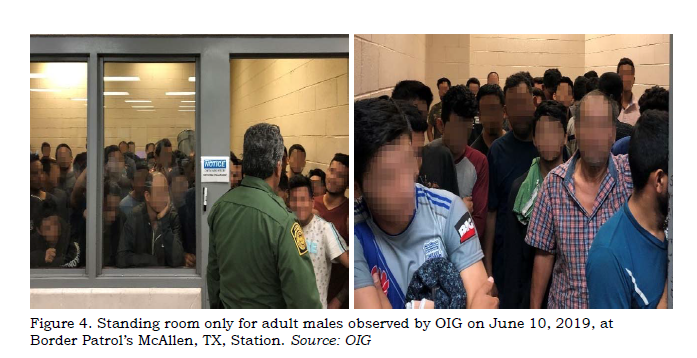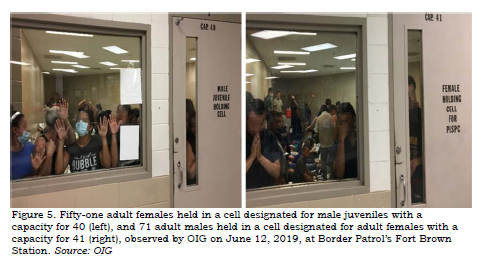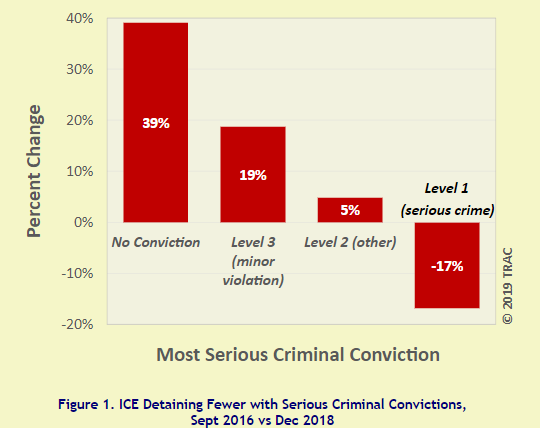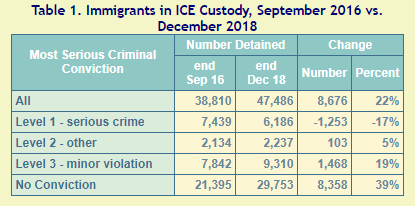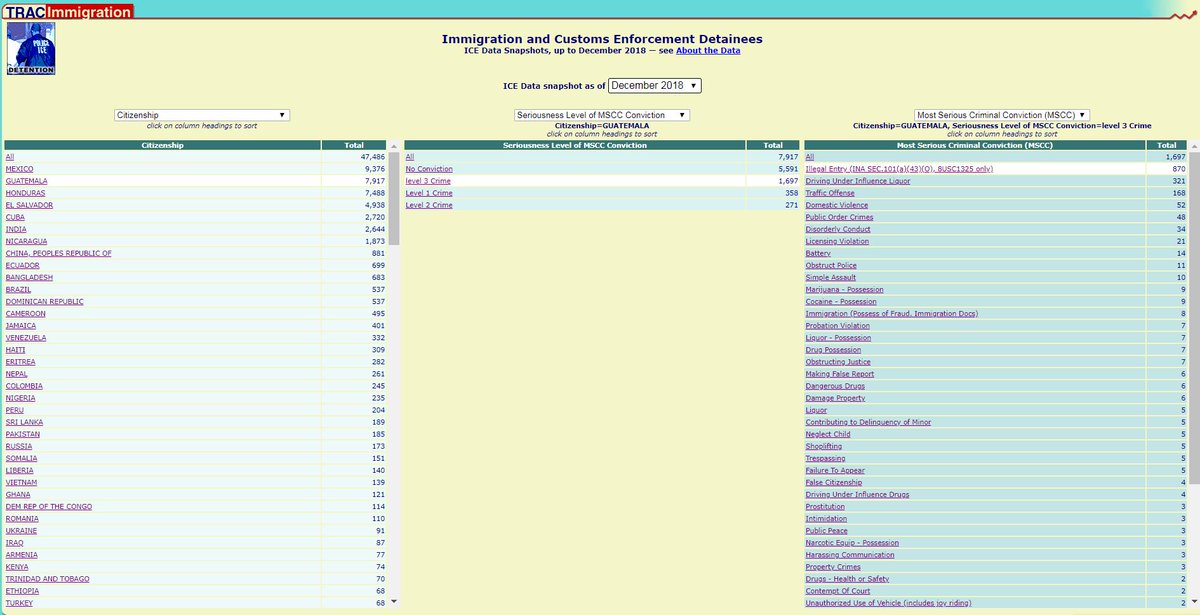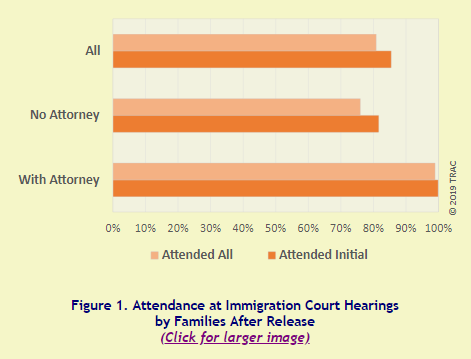That said, I want to dissect one paragraph in it because it encapsulates the extreme difficulty of talking about / reporting on immigration detention.
Take a journey into nuance with me! theatlantic.com/ideas/archive/…
1. Conflates types of immigration detention;
2. Gets a fact wrong;
3. Mistakenly implies people with legal status aren't detained.
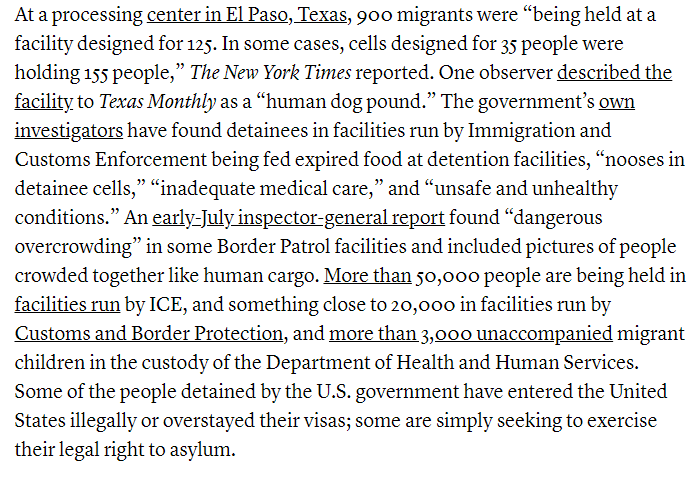
- Customs and Border Protection (CBP)
- Immigration and Customs Enforcement (ICE)
- Health and Human Services, Office of Refugee Resettlement (ORR)
CBP detains people who cross the border, asylum-seekers who go to ports of entry, and anyone arrested by Border Patrol inside the US. CBP detains people for quick (in theory) processing and transfers to ICE or ORR.
ICE detains *any* noncitizen the government is seeking to deport, potentially for as long as the process takes (can be years). ICE detains everyone from undocumented immigrants to asylum seekers to those with green cards.
ORR isn't a detention agency. It contracts with licensed shelters to hold unaccompanied children while searching for a sponsor (usually family) to take the child. But in recent months, ORR has sent kids to unlicensed "influx shelters."
Yellow = CBP
Blue = ICE
Purple = ORR
Green = Either ICE or CBP.
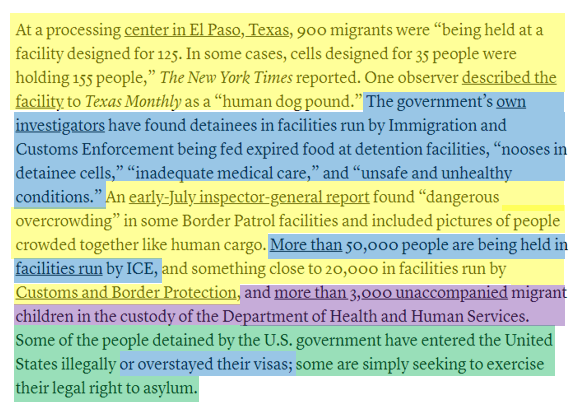
But! Nuance is necessary for solutions.
Anyway! Still a good piece, go read it. theatlantic.com/ideas/archive/…
- CBP transfers thousands to US Marshals custody for prosecution. Those people go into federal BOP custody then later get transferred to ICE detention.
- ICE detention centers are majority private prisons or state/local jails with ICE contracts.






